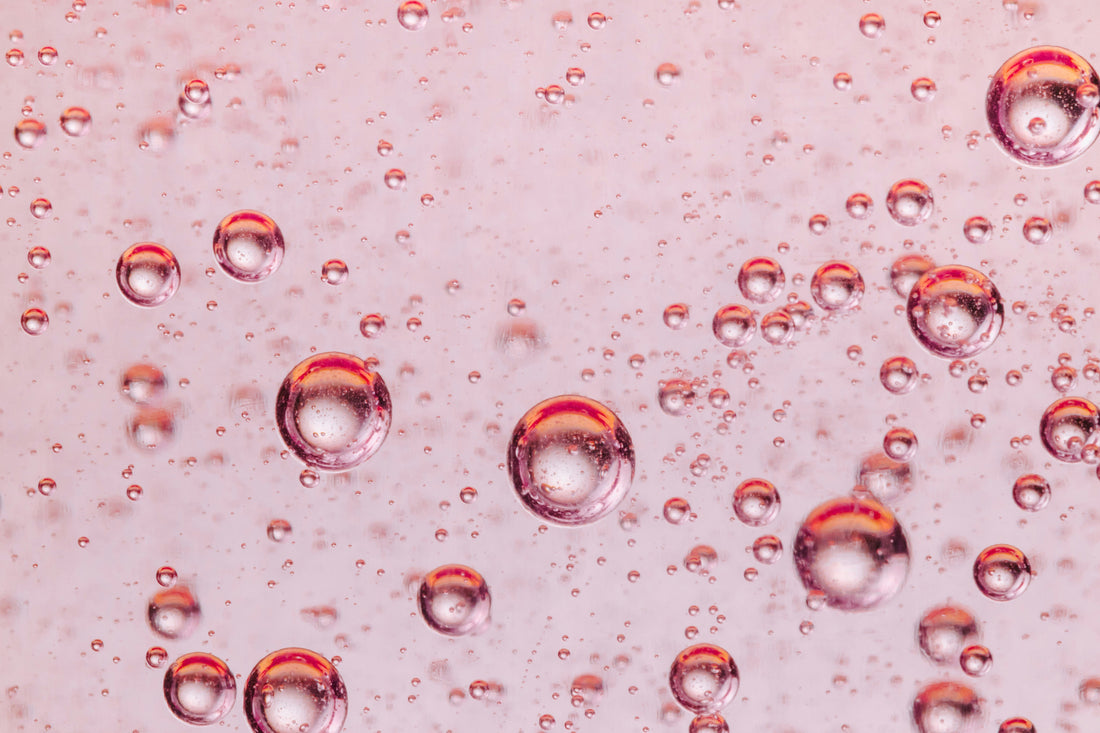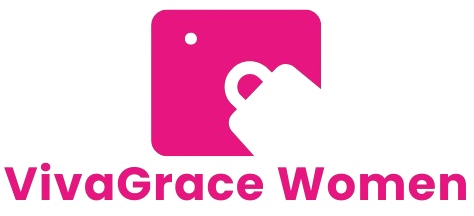
Beyond Hyaluronic Acid: Why Polyglutamic Acid Is the Next Hydrator
Share
Hyaluronic acid has long held the hydration crown in skincare—but there’s a new contender rising fast: polyglutamic acid (PGA). This next-gen humectant is stealing the spotlight for its ability to hold even more moisture, support your skin barrier, and deliver that bouncy, dewy glow we all chase. If you’re ready to upgrade your hydration game, here’s why PGA deserves a spot in your skincare lineup.
What Is Polyglutamic Acid, Really?
Polyglutamic acid is a naturally derived peptide made through the fermentation of soybeans. Structurally, it's a larger molecule than hyaluronic acid, which means it primarily works on the surface of the skin—forming a lightweight, breathable film that locks in moisture.
While hyaluronic acid can hold up to 1,000 times its weight in water, polyglutamic acid takes it further—holding up to 5,000 times its weight. The result? Skin that feels noticeably smoother, plumper, and more elastic after just a few uses.
Why Choose PGA Over Hyaluronic Acid?
While hyaluronic acid works deep within the skin’s layers, polyglutamic acid works closer to the surface. This duality makes them perfect partners—but if your goal is immediate hydration and a radiant finish, PGA might have the edge. It’s especially beneficial for those dealing with environmental stressors, dehydration, or makeup that clings to dry patches.
Let’s say you’re a city commuter exposed to air conditioning, subway dust, and long office hours. Applying Plumping Polyglutamic Serum in the morning can create a hydration shield that keeps your skin fresh and glowy from your first coffee to your late-night email scroll.
Barrier Support and Fine Line Softening
Beyond hydration, polyglutamic acid also plays a key role in preserving the skin’s natural barrier. It helps minimize transepidermal water loss (TEWL), which is a fancy way of saying it keeps water where it belongs—inside your skin.
When paired with ingredients like ceramides or peptides, PGA enhances skin elasticity and visibly reduces fine lines. For moms running between school drop-offs and meetings, it’s an easy layer to slip into your routine for that rested-skin illusion—without needing extra sleep.
Try using the Daily Dew Barrier Cream, which combines PGA with barrier-repairing ingredients, right after your serum to seal in moisture and support skin resilience.
Is PGA Right for All Skin Types?
Absolutely. Whether you have oily, dry, sensitive, or combination skin, polyglutamic acid plays well with others. It’s gentle enough for reactive skin but powerful enough to make a real difference in skin texture and tone. Plus, it's vegan and non-comedogenic, making it ideal for clean beauty routines.
For those nights when your skin needs extra TLC, layering Hydra-Lock Overnight Mask over your PGA serum can deliver an intense moisture surge while you sleep—perfect for seasonal transitions or post-exfoliation recovery.
How to Add It to Your Routine
Polyglutamic acid works best when applied on slightly damp skin, just like hyaluronic acid. Use it right after cleansing and before heavier serums or creams. It’s an excellent primer step if you wear makeup, as it smooths the surface and helps foundation glide on more evenly.
If you're already using hyaluronic acid, don't worry—these two aren’t competitors. In fact, they work beautifully together. Think of HA as the internal hydrator and PGA as the moisture-locking outer layer. Together, they create the ultimate hydration sandwich.
The Future of Hydration Is Here
Polyglutamic acid is more than just a trendy new ingredient—it’s a hydration powerhouse that fits seamlessly into real-life routines. Whether you're managing a busy schedule, harsh climates, or simply want to future-proof your skin, PGA offers an intelligent, clean, and effective upgrade.
Your skin deserves hydration that works as hard as you do—and PGA delivers that glow, minus the guesswork ✨
